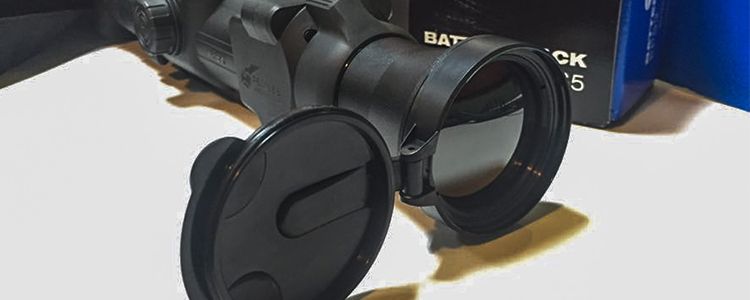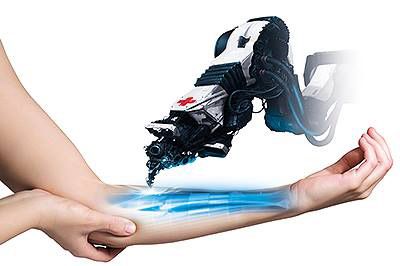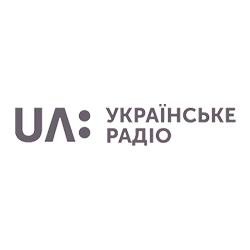Previously, scientists could not grow inner ear hair cells in a laboratory, because of the horizontal cell culture there were no incentives needed for the formation of hair. To create a natural environment, a research group led by Karl R Koehler and Dr Eri Hashino from the College of Medicine of the University of Indiana (USA) used a three-dimensional culture system, described in an article on the site Nature Protocols.
In a 3D culture that mimics the conditions of the inner ear during embryonic development, the cells are in a “suspended” state and this provides the most comfortable conditions for the formation of the complex tissues and structures of the inner ear. Experimenting with different signaling molecules and proteins derived from mouse embryos, the researchers were able to stimulate the differentiation of stem cells into the precursor cells of the inner ear. During the week of cells formed aggregates structure strikingly similar to the embryo of the developing ear. Further changes in tissue that formed, were reminiscent of the development of the inner ear. After 16 days, researchers found hair-like cells. They play a key role in maintaining balance and converting sound into electrical signals that are perceived by the brain. Fully-grown hair cells generated electrical signals similar to the signals of the full body. They also form ties called synapses, with adjacent neurons responsible for the transmission of signals from the inner ear to the brain.
Conducted electrophysiological tests confirmed that the obtained hair cells were fully functional and identical to the cells that are responsible for movement and gravity. “We were surprised that once stem cells turned into progenitor cells of the inner ear, and were placed in a three-dimensional environment, they behaved as if knew not only what types of cells of the inner ear differentiate, but also how to organize themselves in a structure, strangely similar to the natural inner ear,” Hashino said.
“The 3D culture allows cells to organize themselves into complex tissue by creating the mechanical signals that occur during embryonic development,” Koahler said. This study can be used to study the mechanisms of the inner ear and help to develop new modern methods of medical treatment and stem cell therapy for the treatment of inner ear.
Ukraine also has made great achievements in the development and application of advanced biotechnology. With its help Ukrainian specialists grown bone and nerve cells. This technology is used to restore damaged joints and limbs in wounded ATO soldiers, returning them to function and mobility. This technology is available at only a few clinics throughout the world, including Ukraine. Ilaya Medical Company and The People’s Project, under the Bioengineering Rehabilitation for Wounded,” restores injury in seriously wounded soldiers and returns them to a healthy life.
Earlier, The People’s Project reported using biotechnology to save an arm from amputation. And recently doctorsregrew bone in the leg of a wounded soldier from the “Donbas” Battalion.
Currently collection of funds for the treatment of five wounded is underway, while four more are waiting in line to join the project. For them, biotechnology – represents the only chance to recover. Since the state, through legislative and other restrictions, can not support biotechnology in the treatment of wounded soldiers their only hope lies with receiving donations from people.
Get involved and help Ukraine’s defenders.























































